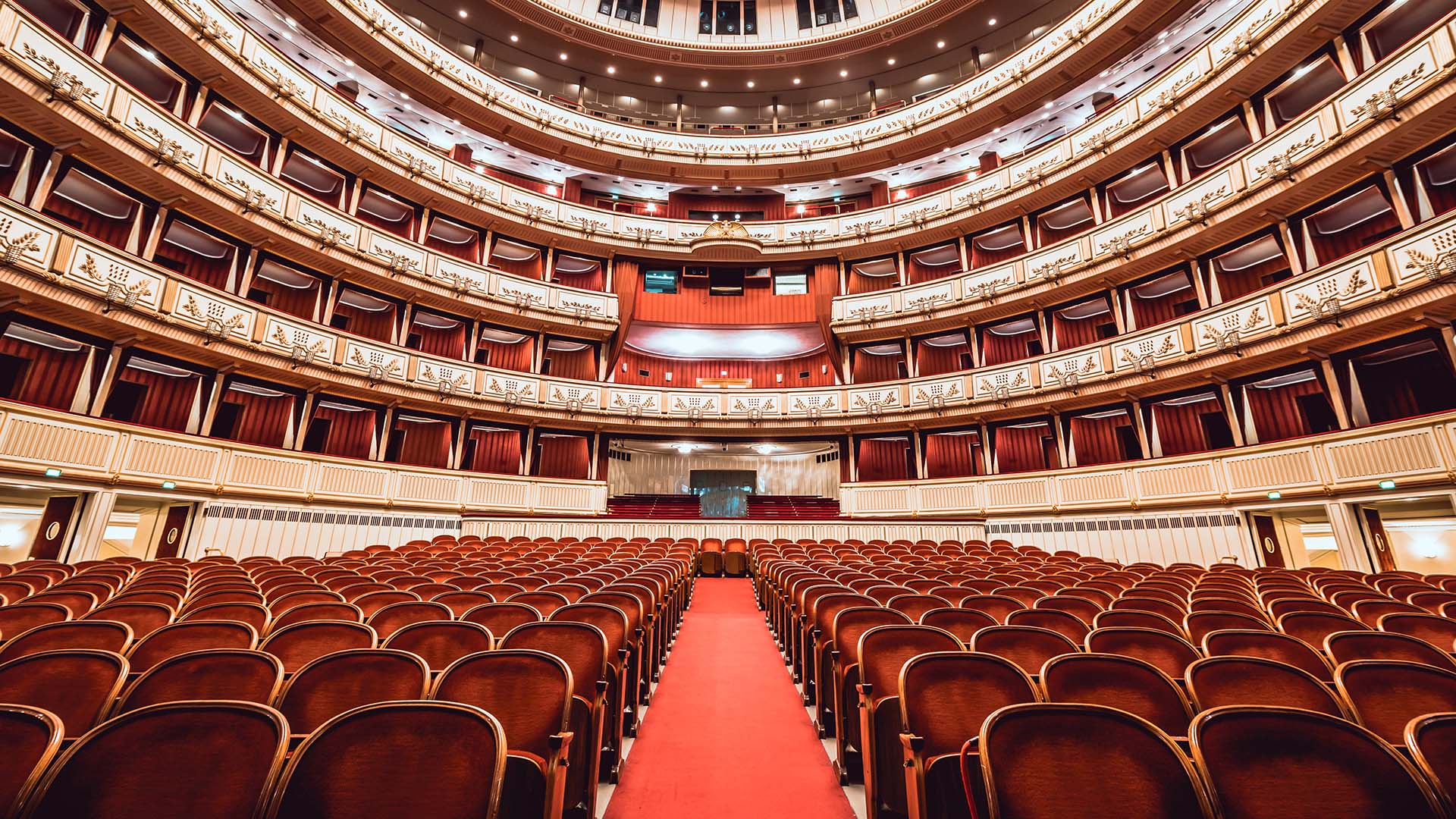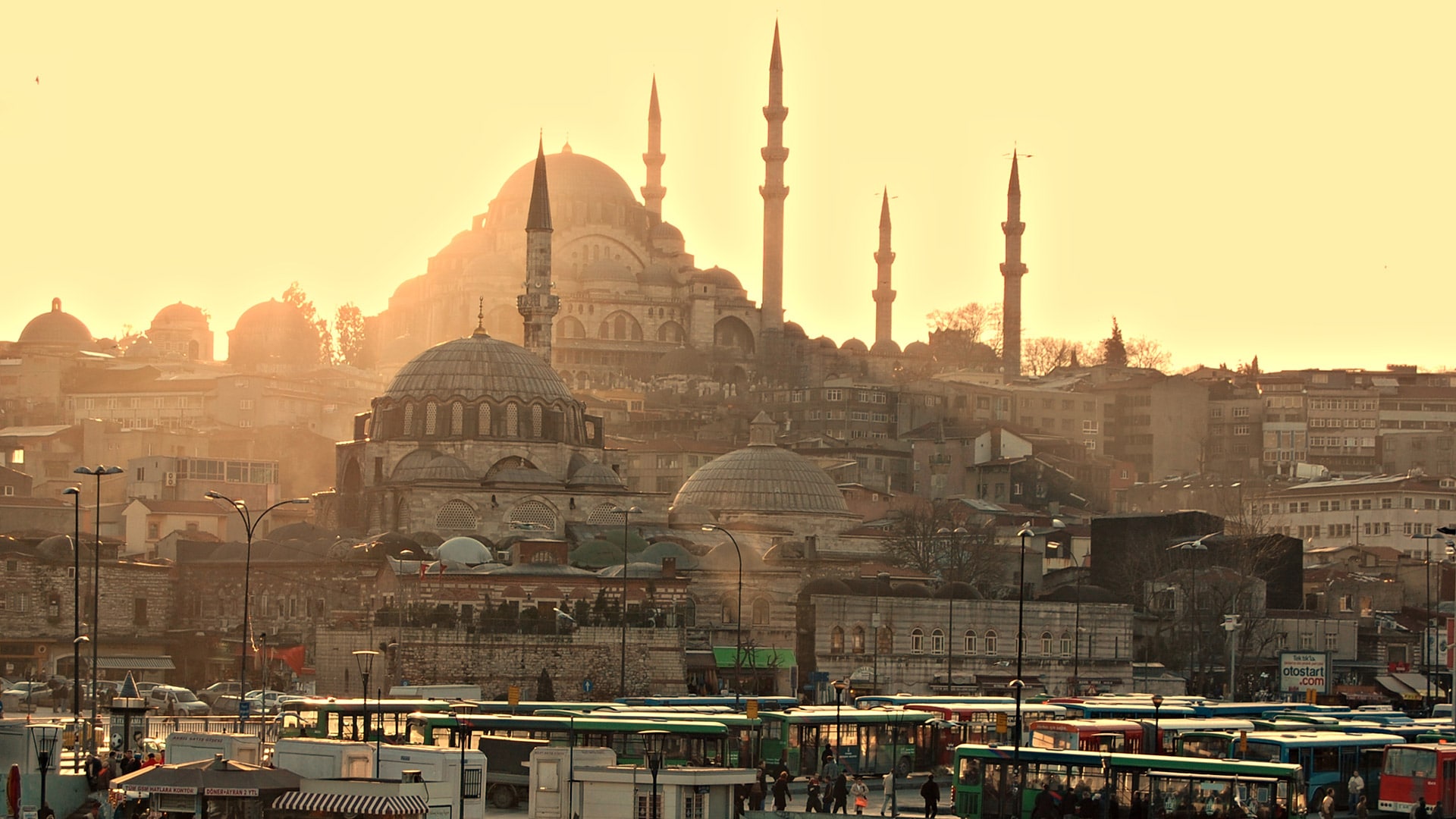
Any journey along the famed Silk Road should include Istanbul. (Photo: Getty Images)
Culture + StyleBazaars, Merchant Mansions and Fabled Souks: Unlock Secrets of the Modern-Day Silk Road
By Norbert FigueroaCentral Asia is a fascinating region shaped by ancient trade routes that allowed thousands of merchants and countless civilizations to influence each other culturally, religiously and economically.
The Silk Road was a series of ancient routes linking the easternmost parts of China with the Western world, ending in the former city of Constantinople, or modern-day Istanbul. It served as the main artery for ferrying items like spices, mirrors, wool, precious metals and other raw goods. But the most popular item traded, as the name states, was silk.
While the entirety of the Silk Road is no longer in existence, you can still experience it by visiting major modern cities and historic towns across Asia, following in the footsteps of countless generations of nomads and traders.
There are hundreds of spots you can visit along this fascinating route, but the stunning relics, religious sights and dynastic palaces of these seven cities will help you unlock the secrets of the Silk Road.
As always, check for travel restrictions and closures before planning your trip.
Istanbul, Turkey
Istanbul, the city formerly known as Constantinople, was possibly one of the most, if not the most, important stops along the Silk Road.
From the fourth century on, Constantinople was the final terminus where merchants would end their journey westward before shipping goods across the Mediterranean or overland to cities like Rome and Venice. Truly, all roads led to Constantinople; it was a prime location for financial and intellectual prosperity.
Today, you can spend time sailing along the Bosphorus Straight like an ancient merchant would and visit the sixth-century Hagia Sophia. Then, get lost in the Grand Bazaar and Spice Bazaar alleys, and relax and sit down for some Turkish coffee, a beloved traditional drink that’ll surely give you a boost of energy.
Ankara, Turkey
Ankara is one of the Silk Road’s hidden gems; Turkey’s capital has much to offer visitors seeking a deep dive into the country’s storied history.
Wander through Ankara’s ancient citadel to get a glimpse of its rich past spanning the Byzantine era to the more recent Ottoman empire. Whether it’s through its old cobblestone streets, traditional Ottoman houses or ninth-century fortification walls, you’ll see a side of Turkey that’s vastly different from Istanbul and other cities.
Don’t miss climbing the Eastern Tower (Sark Kulesi), which offers stunning vistas spanning modern Ankara, and visiting the Aslanhane Camii, one of Ankara’s oldest and most fascinating mosques.
Outside the citadel, pay a visit to the tomb of Turkey’s founder at the Atatürk Mausoleum, built on one of the hills overlooking Ankara.
Tyre, Lebanon
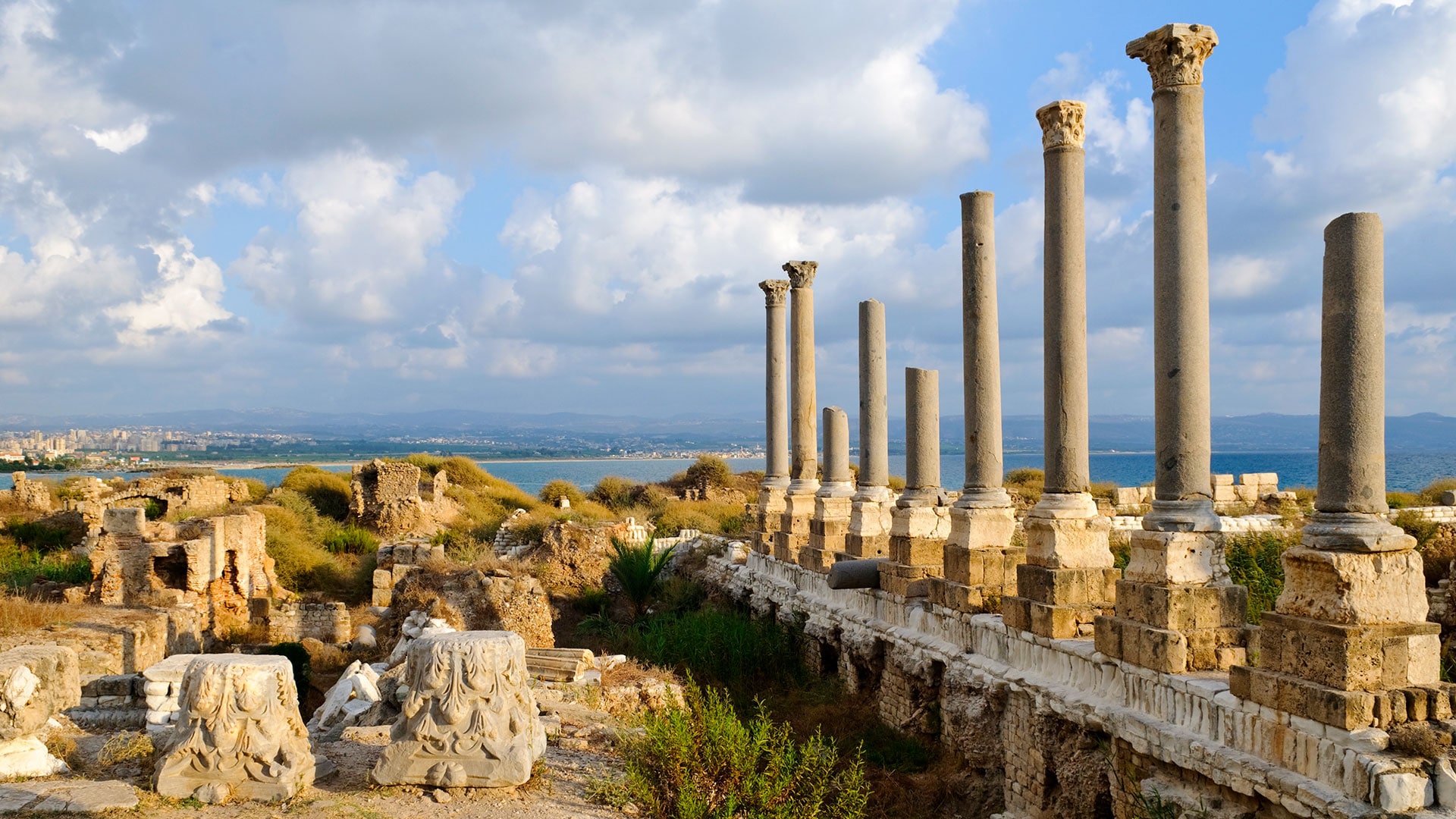
According to legend, purple dye was invented in Tyre, one of the oldest continually inhabited cities in the world. It was one of the earliest Phoenician metropolises and the legendary birthplace of Europa — a Phoenician princess and the mother of King Minos of Crete.
The city is now identified as a UNESCO World Heritage Site, and visitors can explore ancient sites like the Tyre Hippodrome, Al Bass and Al-Mina archaeological sites, and the Roman Bathhouse, among other ancient Roman ruins.
As the historian Ernest Renan noted, “One can call Tyre a city of ruins, built out of ruins.”
Tbilisi, Georgia
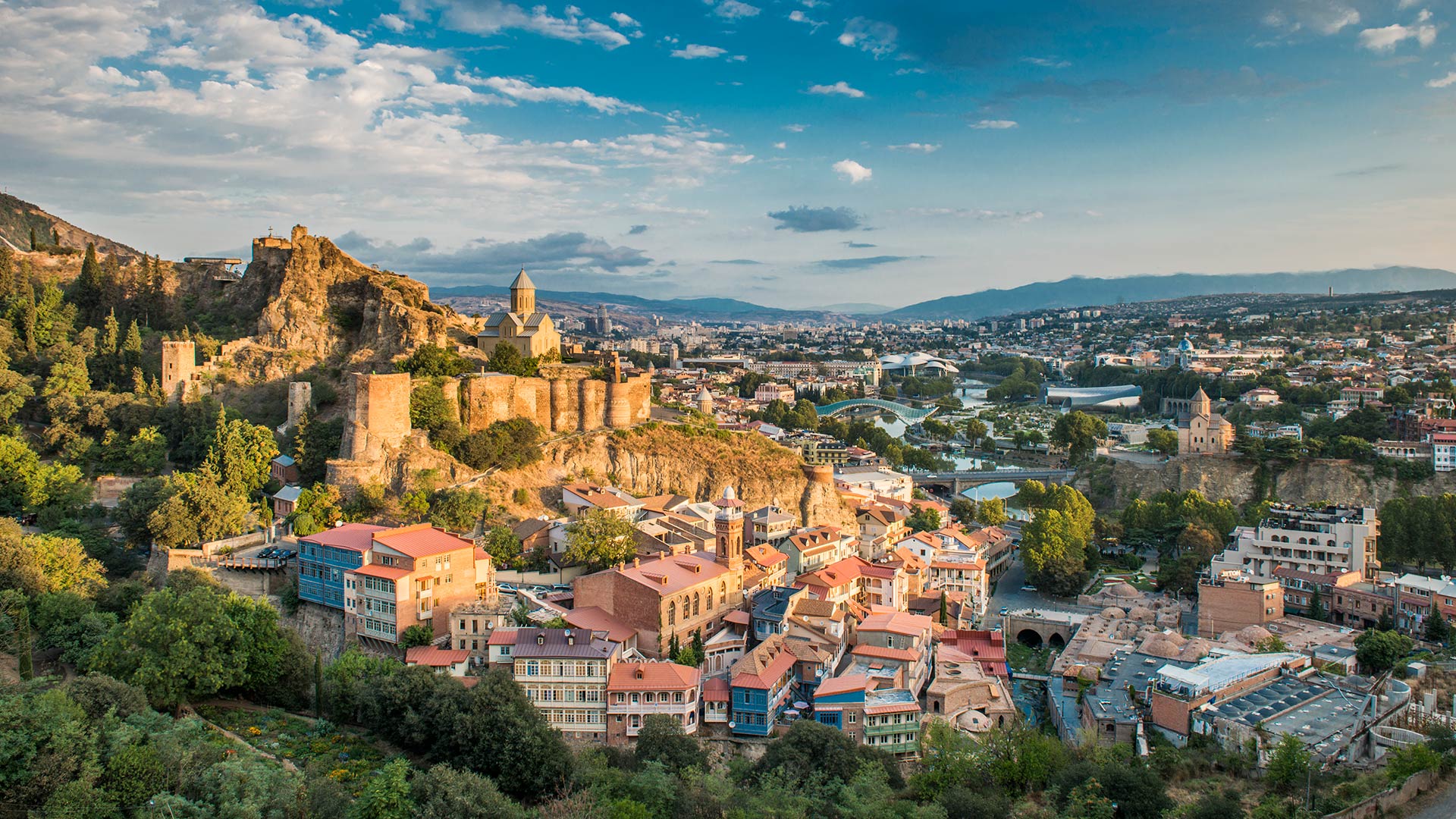
While Georgia did not initially take part in the Silk Road, its capital city Tbilisi became a fixture of the trading route during the sixth century when it became an alternate route after conflicts started between Iran and Byzantium.
Follow the traces of the Silk Route influence in Tbilisi through its historic merchant mansions and carpet shops overflowing with colorful textiles.
Then take a stroll through the underground Meidan Bazaar, a market near the heart of the old town that dates back to the sixth century and earlier. Also impressive are the Dezerter Bazaar and the Narikala Fortress — with the latter overlooking the city and the Kura River.
You should also visit The State Silk Museum if you’re interested in learning more about the Silk Road and Tbilisi’s role in it.
Baku, Azerbaijan
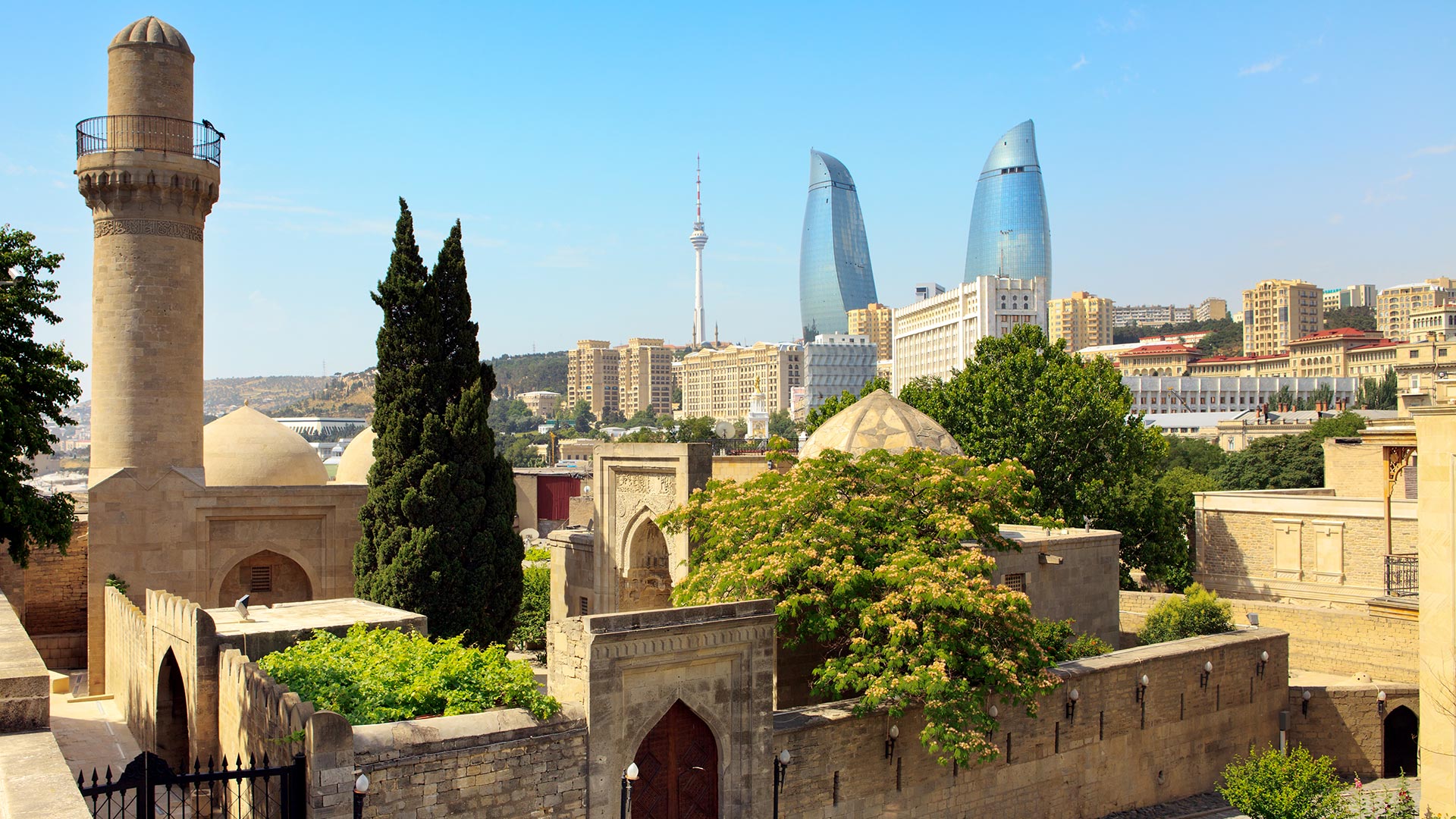
Today Baku is a highly modern city with a skyline shaped by the country’s oil wealth. But before all the oil wealth, Baku’s strategic location in the Caspian Sea cemented it as a central trade point along the Silk Route.
One of Baku’s crowning jewels is the walled city of Icherisheher, which marks Baku’s historic core and is a must-visit in Azerbaijan.
Several Silk Road–era relics can still be found in the Old City, like caravansaries, madrassas, hammams and more. Don’t miss visiting the Maiden Tower, the Muhammad Mosque, the Bazaar Square and the Palace of the Shirvanshahs, Baku’s most important historical landmark.
Yerevan, Armenia
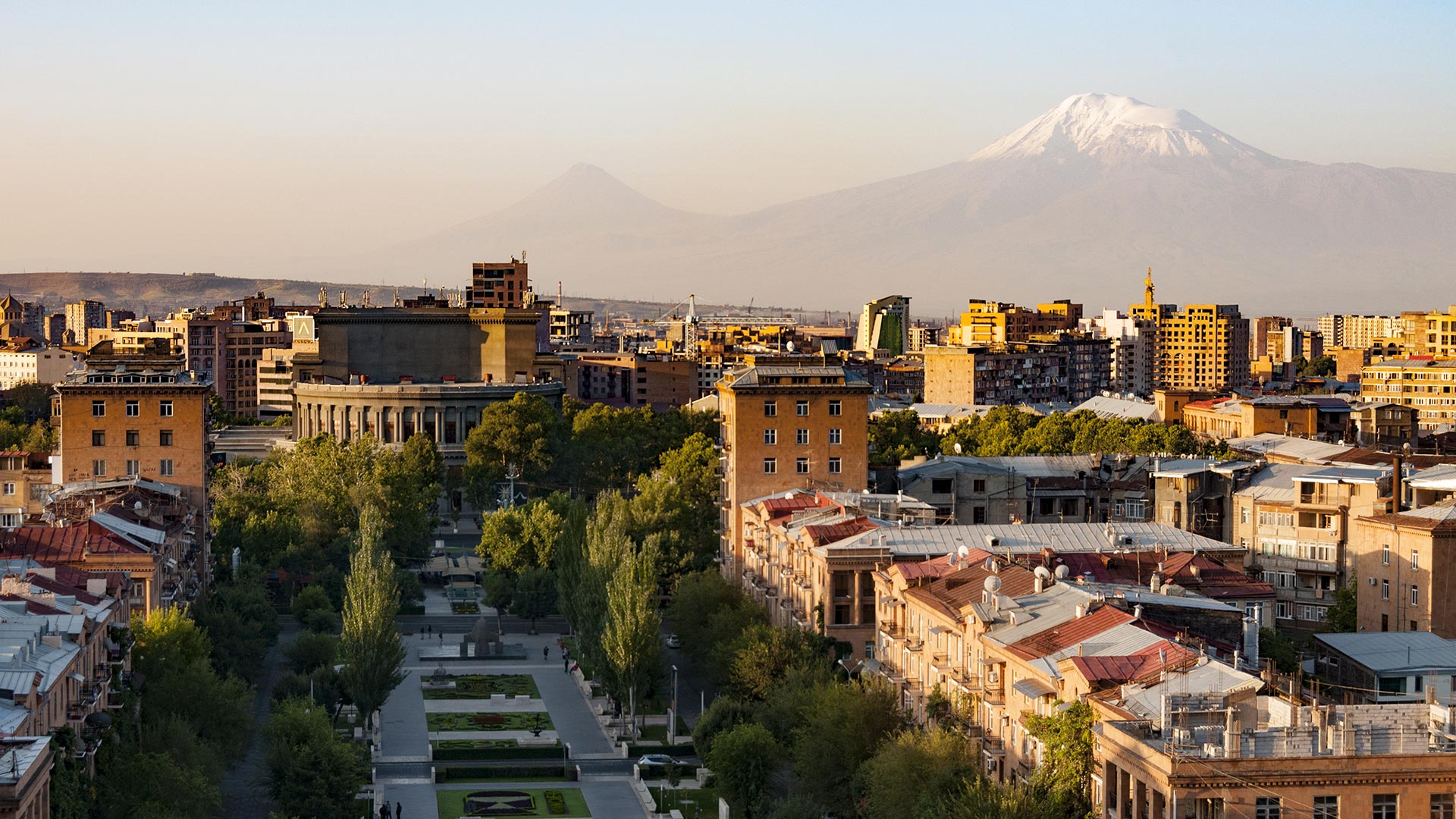
Armenia has always been a land of immense artistic creativity and cultural riches, a strong identity Armenians proudly exported to civilizations like the Persians and Babylonians beginning in the fifth century B.C.
Interestingly, Armenia’s resilient character helped it resist many of the influences brought via the Silk Road and stay true to its religious and cultural convictions.
Don’t miss visiting the Vernissage Market where stunning Armenian carpets are displayed. Also worth visiting is the oldest Christian church in Yerevan, Katoghike Church.
Samarkand, Uzbekistan
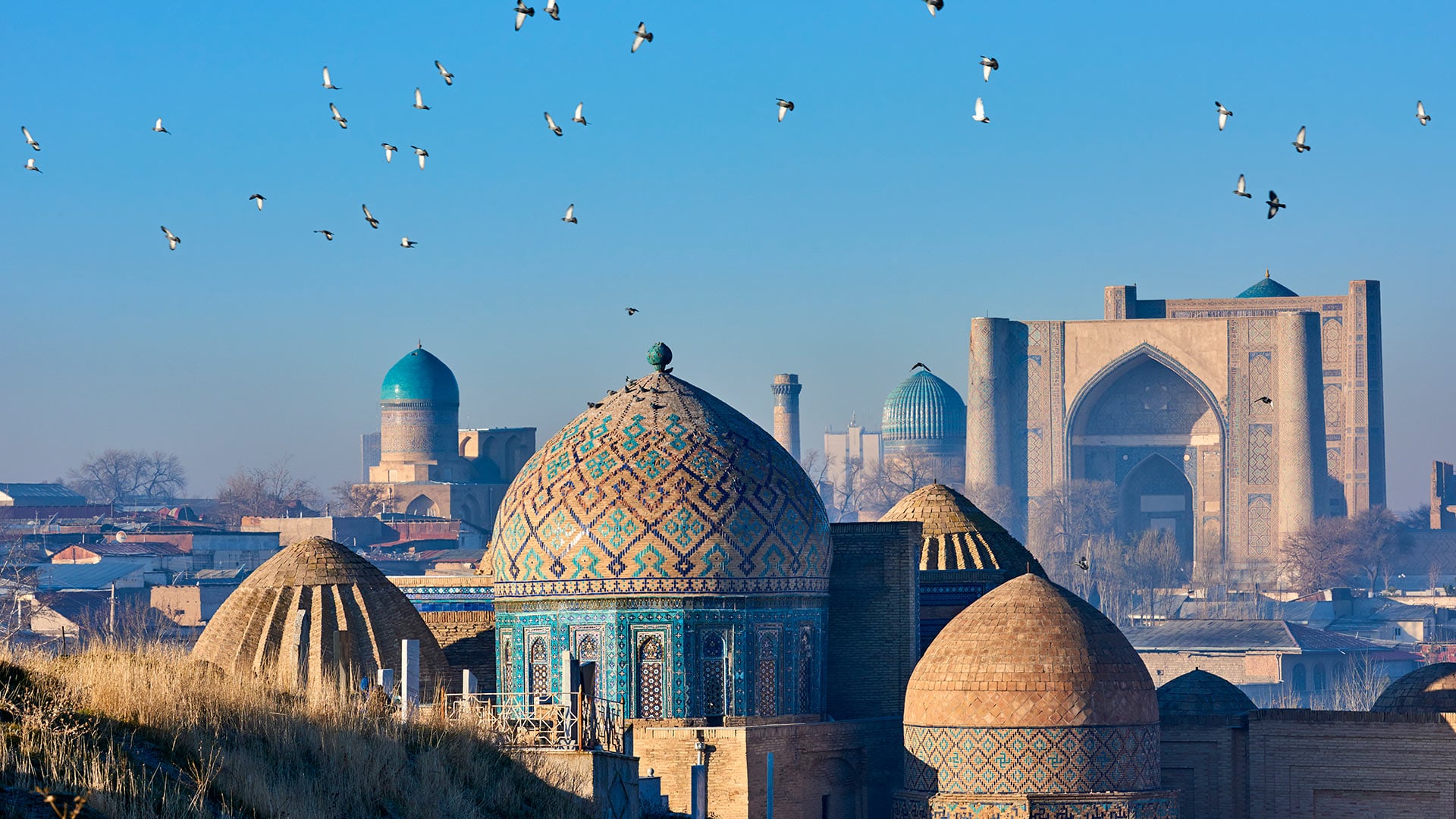
As the most popular destination in Uzbekistan, Samarkand can be considered one of the most majestic stops along the Silk Road thanks to its grandiose architecture.
Even though Samarkand dates back to the sixth century B.C. and is one of the oldest continuously inhabited cities in the world, it didn’t flourish until the Silk Road era, becoming Central Asia’s largest city.
Today you can be wowed by the scale, beauty and grandeur of one of the most important monuments from that era, the majestic Registan. This complex of three stunningly decorated madrassas from the 15th and 17th centuries is considered one of the true pinnacles of Islamic architecture.
Also worth visiting are the Bibi-Khanym Mosque, the Shah-i-Zinda cemetery and Gur-e-Amir, the mausoleum dedicated to Amir Timur, the conqueror of Central Asia.
Almaty, Kazakhstan
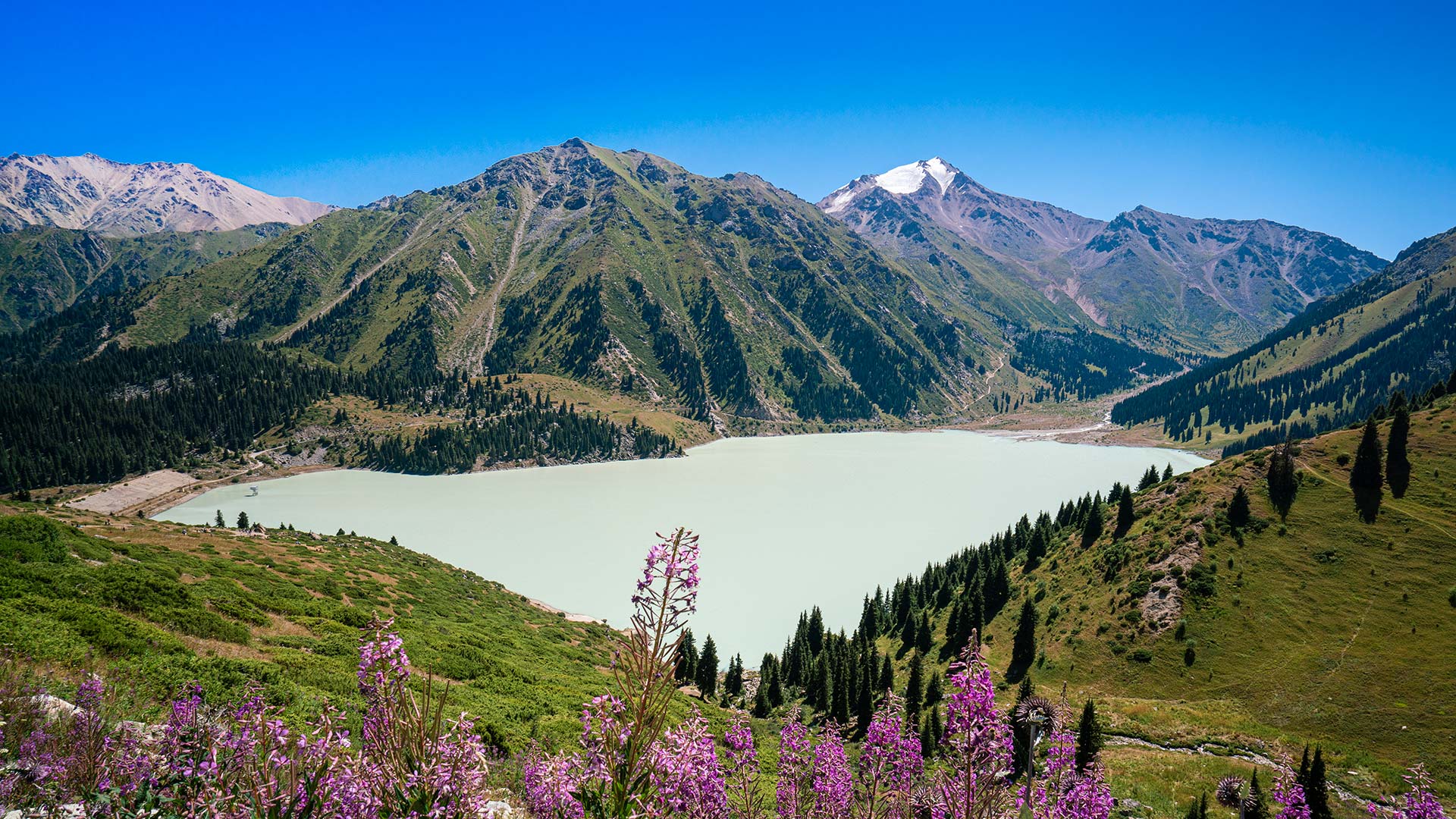
Almaty was once an epicenter of the Silk Road, and visitors today will be greeted by stunning alpine landscapes, outdoor exploration and plenty of opportunities for interaction with local families.
Head to Big Almaty Lake outside of the city, as well as the Zenkov’s Cathedral, one of Almaty’s highlights. Plan a day trip to pay a visit to Tamgaly Tas, a Buddhist Rock Art Sanctuary full of petroglyphs created by Buddhist monks from the era.
If you keep traveling east, you’ll come across countless other destinations peppering the Silk Road, leading to the end of the route in Xi’an, China, where you can explore the great art of the terra cotta warriors army at the burial site for the first emperor of China.
How to Tackle These Cities
The Silk Road spans more than 4,000 miles, which is a lot of territory to cover. The best way to tackle these cities is by focusing on one country per trip or small regions like Azerbaijan, Georgia and/or Armenia in one trip.
It is recommended to fly to a country of interest and travel overland to other Silk Road cities. Or, if you’re feeling adventurous, you could plan a road trip following the Silk Road across many countries.





